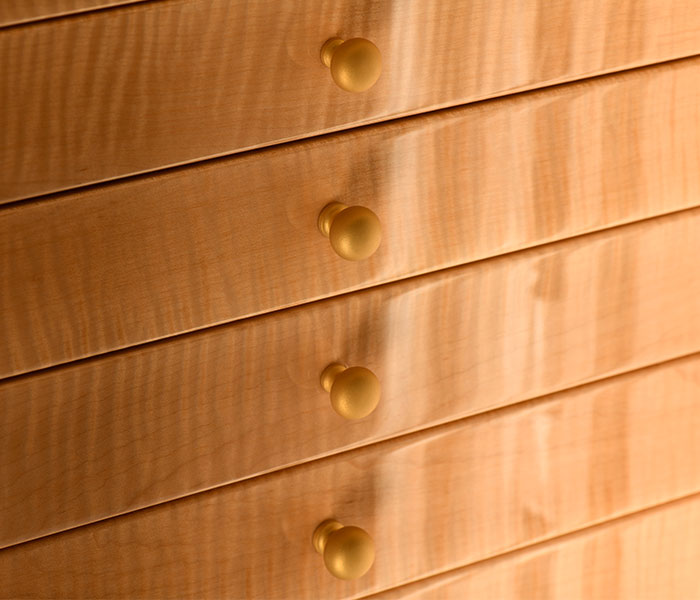As with burglar protection, nationally recognized independent testing agencies can be used to verify fire protection claims, but many safe manufacturers don’t use them. Casoro relies on Underwriter’s Laboratories and ETL/Intertek to verify the fire protection claims of our safes.
Our RSC and TL30 Fire safes provide fire protection, the TL15 Stealth does not due to its focus on sleek size and weight. One hour of fire protection is a comfortable level for most home environments, our fire resistive jewelry safes provide one or two hours according to the model. Vulnerability to fire varies based on a number of factors including but not limited to construction of the home, proximity to fire services, terrain and weather.
Fire classifications and ratings include three primary components: maximum exterior temperature, length of time and maximum interior temperature. Underwriters Laboratories (UL) also tests for explosion hazard and offers optional testing for impact. When considering protection of electronic media, testing for humidity should also be done.
A typical house fire will reach 1200°F or more depending on a variety of factors; 1200°F is the minimum external temperature at which most fire testing is done. It is generally agreed that a maximum interior temperature of 350°F is adequate for most valuables, with paper charring at approximately 450°F. Electronic media is more sensitive and therefore subject to a higher standard, commonly accepted to be either 150°F with a maximum 85% humidity or 125°F with a maximum of 80% humidity, according to what type of electronic media is being protected.
The challenge with fire ratings is that different testers conduct tests based on different circumstances. The testing time can include or not include the time it takes to heat to maximum exterior temperature, 350°F interior temperature as the average or the maximum interior temperature, etc. UL is known to have the most comprehensive and stringent standards for testing.

























